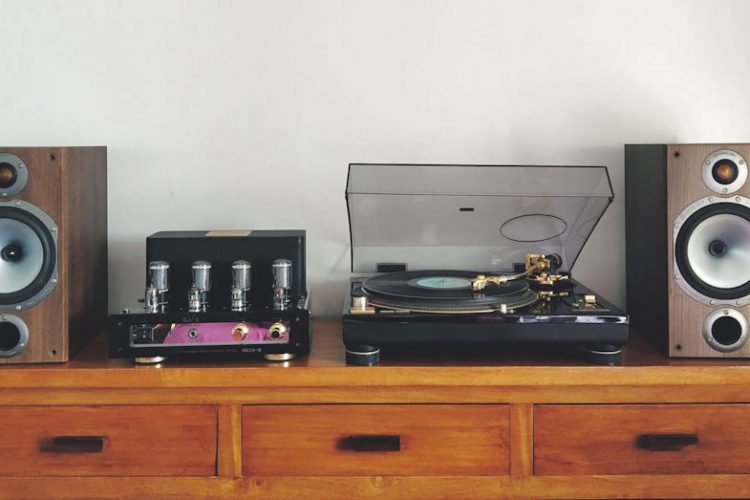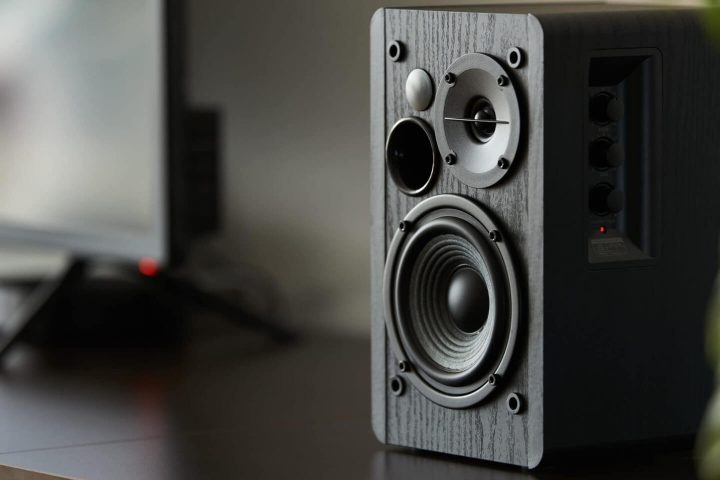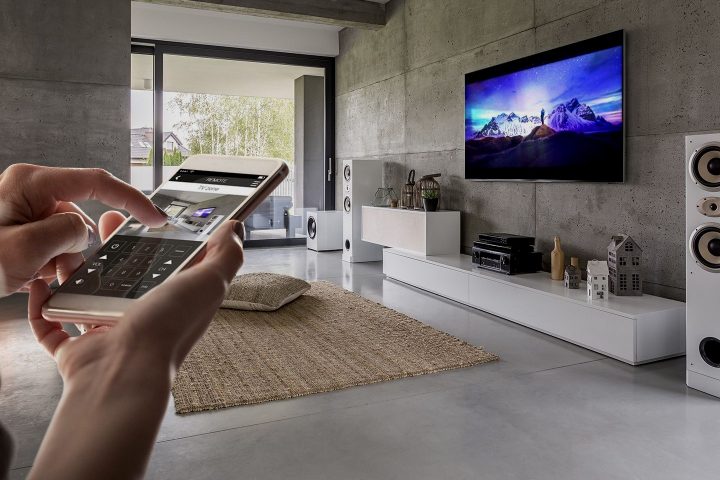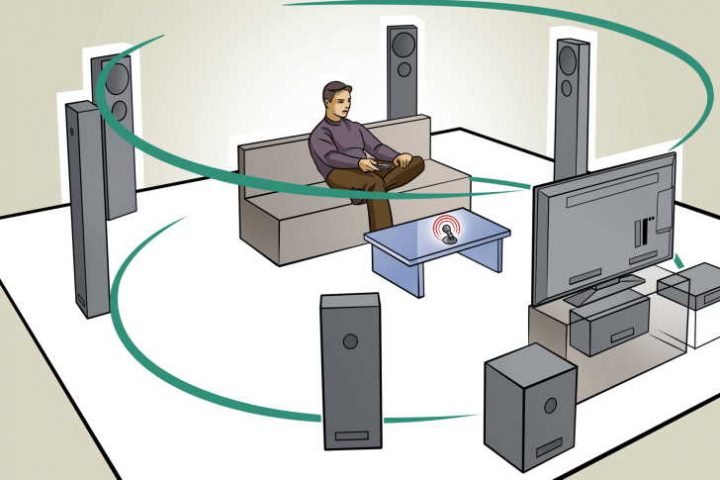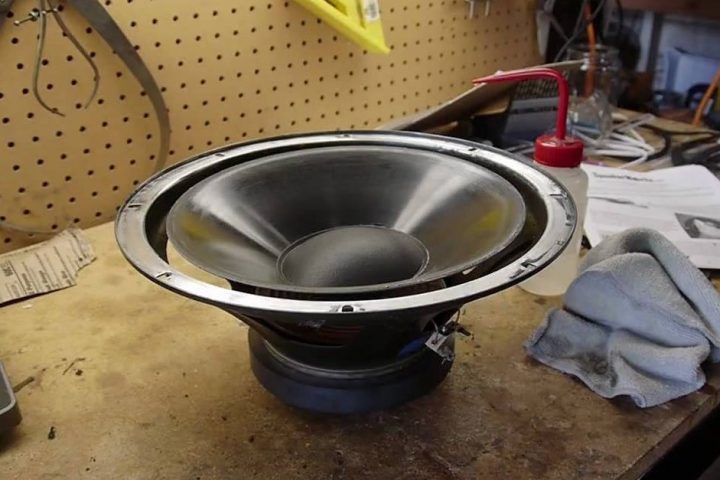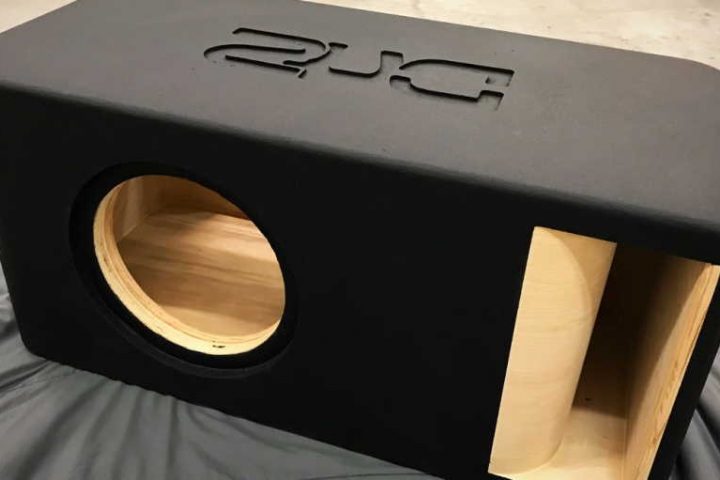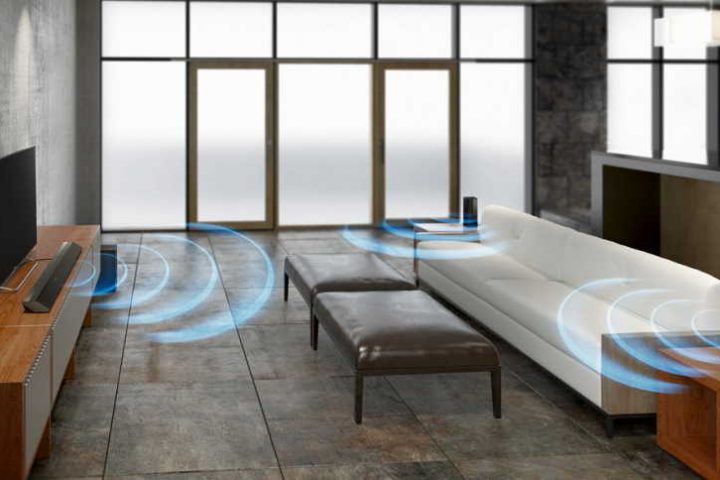For turntable aficionados, where the warm embrace of vinyl records meets the clarity of modern technology, achieving the ultimate sound experience is a paramount objective. Among the myriad factors that influence the auditory delight of a vinyl playback system, the placement of powered speakers stands as a pivotal yet often overlooked element.
Optimal Placement for Powered Speakers
When it comes to setting up your turntable and powered speakers, the old real estate mantra “location, location, location” holds true. The placement of your powered speakers for turntable plays a pivotal role in the overall sound quality of your audio system, and here’s why:
The importance of speaker positioning in relation to the turntable
Think of your turntable as the conductor of an orchestra, and your speakers as the instruments. The synergy between them is vital for creating a harmonious soundstage. To achieve this, place your speakers at a proper distance and angle from your turntable. This helps maintain balanced sound distribution, reduces phase interference, and ensures that you’re hearing your vinyl records as they were intended to be heard.
The ideal height and distance for powered speakers
The height and distance of your powered speakers relative to your listening position are critical. Generally, speakers should be at ear level when you’re seated, forming an equilateral triangle with your turntable. This setup helps deliver an immersive listening experience, allowing you to appreciate the full spectrum of sound, from deep bass to sparkling highs.
Avoiding common placement mistakes
Avoid placing your powered speakers too close to walls, as this can result in unwanted reflections and resonance. Also, steer clear of corners, which can exaggerate bass frequencies. Lastly, remember that symmetry matters—keeping both speakers at an equal distance from your turntable helps maintain sound balance.
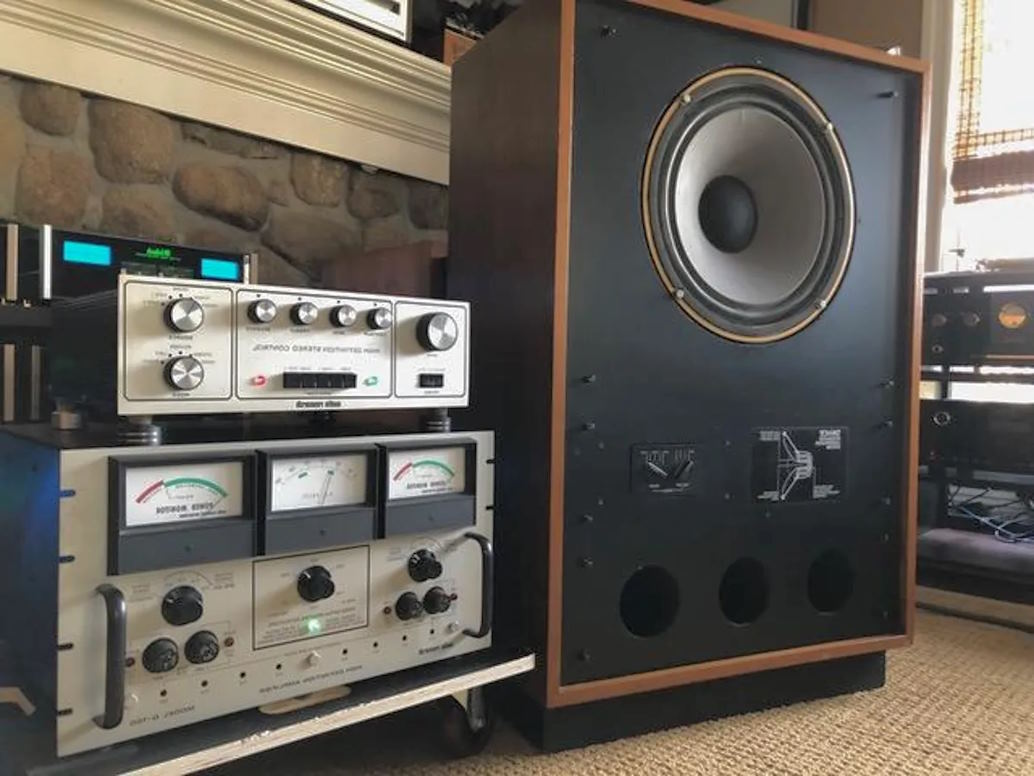
The Impact of Speaker Toe-In
When it comes to optimizing your audio setup, the angle at which you position your speakers, known as toe-in, can make all the difference in your soundstage. Let’s delve into the significance of speaker toe-in and how it can elevate your listening experience:
Explanation of speaker toe-in and its effects on soundstage
Speaker toe-in refers to the angle at which you position your speakers to focus the sound directly toward your listening position. This seemingly minor adjustment can have a profound impact on your system’s soundstage—the three-dimensional space where you perceive sound. Proper toe-in can enhance imaging, widen the perceived width of the soundstage, and create a more immersive listening experience.
Techniques for achieving the best toe-in angle
Finding the ideal toe-in angle can be a matter of experimentation. Start with your speakers pointing straight ahead, perpendicular to your listening position. Gradually adjust the angle by pointing them slightly inward, towards the center of your listening area. The goal is to strike a balance between focused imaging and a spacious soundstage. Keep in mind that the optimal toe-in angle may vary depending on your room’s acoustics and your personal preferences.
Listening tests and comparisons with different toe-in angles
To truly appreciate the impact of speaker toe-in, conduct listening tests with varying angles. Play a track you’re familiar with and adjust the toe-in angle incrementally. Listen for changes in soundstage width, depth, and instrument placement. You’ll likely find that a small tweak in toe-in can yield noticeable improvements in the overall listening experience.
Speaker Placement and Music Genre
While the principles of optimal speaker placement are universal, the type of music you love can influence the subtleties of your setup. Different genres have distinct sonic characteristics, and as a discerning listener, you might find it beneficial to make slight adjustments in your speaker placement to better suit the music you’re enjoying. Here’s how:
How different genres of music may require slight adjustments in speaker placement
Consider the contrast between a bass-heavy electronic dance track and a delicate acoustic folk melody. The ideal speaker placement for each genre can vary to enhance their unique qualities. Bass-heavy genres may benefit from speakers positioned a bit farther from walls to reduce unwanted resonance, while acoustic genres might flourish with speakers slightly toed-in for precise imaging.
Examples of speaker placement for specific music genres
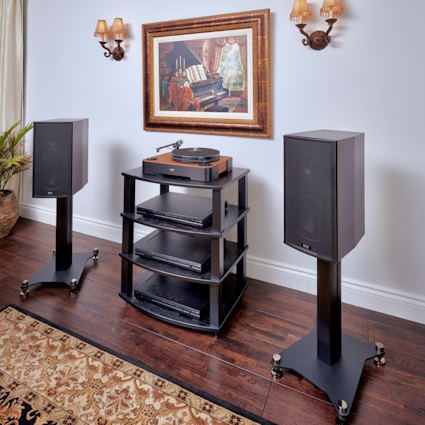 Rock and Pop: For music that relies on dynamic impact and vocals, symmetrical speaker placement at ear level can provide a balanced and engaging soundstage.
Rock and Pop: For music that relies on dynamic impact and vocals, symmetrical speaker placement at ear level can provide a balanced and engaging soundstage.- Classical: To capture the nuances of orchestral music, placing speakers farther apart can enhance the sense of space, while toeing them in slightly can highlight individual instruments.
- Electronic: To maximize the pulsating beats and deep bass of electronic music, experiment with speaker placement and room acoustics to minimize standing waves and bass distortion.
The role of personal preference in placement choices
Ultimately, your preferences as a listener should guide your speaker placement decisions. While guidelines exist, your personal taste and the specific recordings in your collection matter most. Trust your ears and be open to experimentation; there’s no one-size-fits-all answer. Your unique blend of speaker placement and music genre preference can create a listening experience tailored precisely to your musical inclinations.

